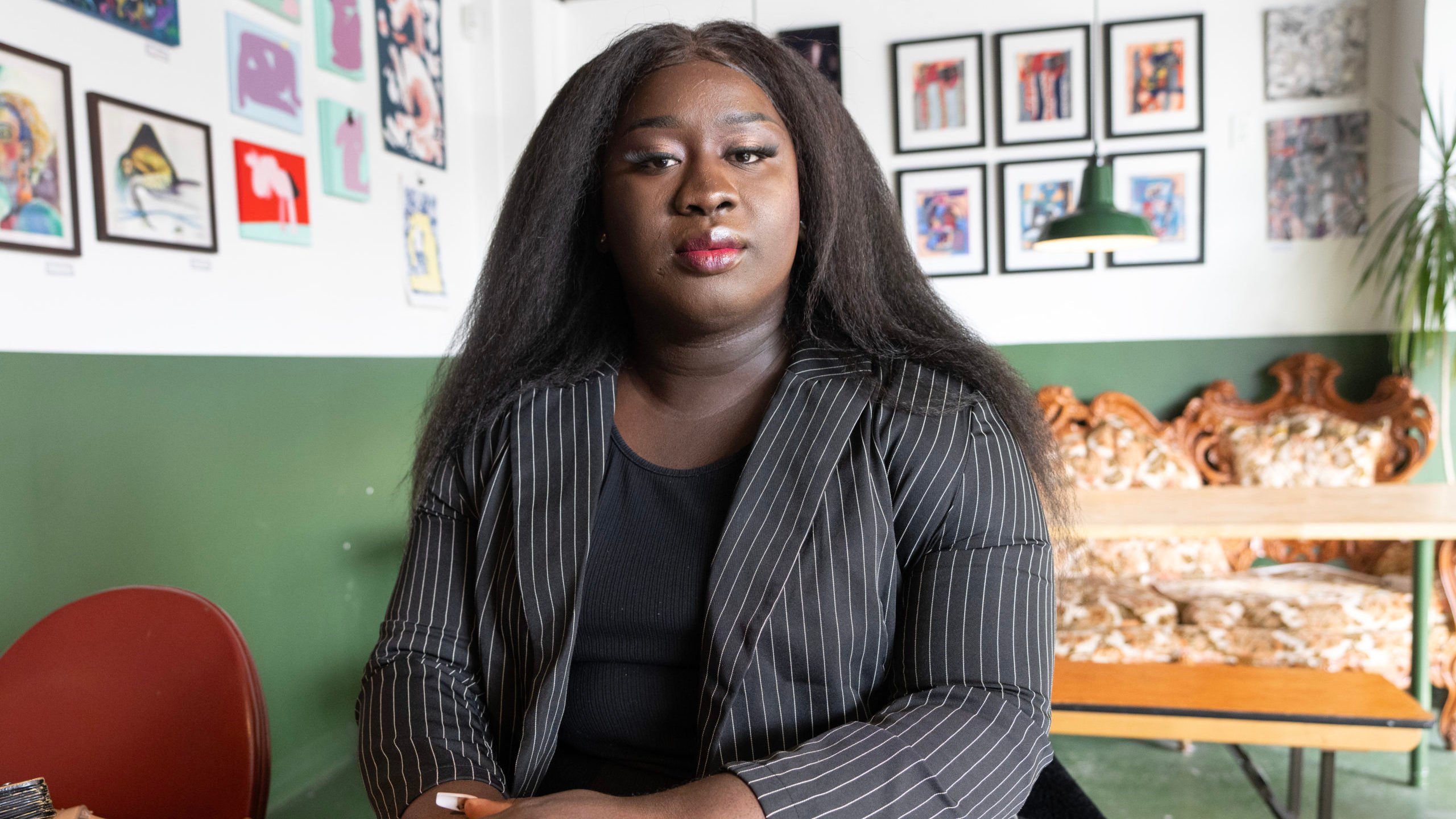
According to advocates, misconceptions about gender identity are widespread and have a significant impact on the emotional well-being of transgender and non-binary people.
Dupré Latour, a transgender woman who immigrated to Canada five years ago to assert her gender identification, believes that stereotypes, myths, and faith help people defend their hatred.
She is depressed by the widespread perception that trans identity is simply a fad.
“I hear it all the time (that) trans people, there are so many of them,” Latour said.
“But we’ve always been there, it’s just that now, we are in an environment, in a favorable era, but it’s not a trend: these are people who make sacrifices, people who don’t love themselves, who look in the mirror and hate themselves and who have no choice but to go through this to live their lives in the image of what society expects.”
Activists have for years claimed that misinformation stifles much of Canada’s debate on transgender rights, particularly among young people. Last month, regulations requiring parental consent for kids 16 and younger to change their names or pronouns at school were passed in Saskatchewan and New Brunswick, which raised concerns among critics about the Charter rights movement.
Premier Danielle Smith in Alberta has promised to pass legislation this fall that would put restrictions on gender-affirmation surgeries and hormone treatments for teenagers, in addition to parental consent for pronoun and name changes. Opposition parties and LGBTQ+ organizations have accused her of using misconceptions to “play politics” with the proposed policy and of “playing politics” with the proposed legislation.
According to Annie Pullen Sansfaçon, a professor in the Université de Montréal’s department of social work and a gender identity scientist for the past 15 years, using preferred pronouns can reduce levels of anxiety, depression, and suicidal thoughts among non-binary and transgender children.
Accessibility to gender diversity goes with learning, but it’s no small work, she said.
GRIS-Montréal, a community organization, has been holding seminars and workshops in schools about sexual orientation for 30 years. The organization has also discussed issues of gender identity since 2017.
Even though it is well known that one cannot influence someone else’s orientation or gender identity, Marie Houzeau, the group’s general manager, claimed that the prejudices and myths that were prevalent about homosexuality are now applied to gender identity.
According to Houzeau, “they are the same things that we hear: that talking about it will confuse young people and that young people may develop that mindset if we talk about it.” We previously said something similar about sexual orientation, and now we’re saying something about gender identity.
Her firm meets around 30,000 young people annually in Greater Montreal. Houzeau believes she could double the number of seminars offered at gender identity conferences because of the high demand for them.
She claimed that there is a significant difference between the amount of trustworthy information that is available in classrooms.
“We are aware that younger people receive a lot of information via social media, some follow celebrities, and that constitutes their primary source of information,” Houzeau said.
“We also know the phenomenon of echo chambers, which allow younger people to simply receive information that is in line with what they already believe. This can become propaganda for some people if they follow individuals whose opinions are based on misconceptions.”
On the other hand, she said, some young people have the relevant information and may impart it to their peers to help dispel myths about gender transition and treatment.
One common misconception, according to Pullen Sansfaçon, is that puberty blockers are medications prescribed to children who are beginning a gender transition. She emphasized that these substances are never given to children before puberty begins.
A young person has more time to weigh their options because the treatment is not permanent and just slows down the puberty process. If an individual stops taking it, puberty resumes its course within a few months, Pullen Sansfaçon said.
Recent research has shown that gender-affirming care has benefits for youth in terms of mental and emotional health. During adolescence, hormone treatments reduce the risk of suicidal ideation.
“These are treatments that can save a young person’s life,” Pullen Sansfaçon said.
Some people will eventually choose gender-affirming hormone treatment, while others will choose to take testosterone or estrogen, depending on sex. Blockers give young people the opportunity to mature and make their own decisions in due time.
It’s the same case for gender-affirming surgeries. According to the American Pediatric Society, age restrictions for funding for surgeries vary by province and territory in Canada, but only individuals who are 18 or older can undergo genital reconstruction surgery. The general population under the age of 16 and older is only allowed to undergo chest surgery to remove or enhance breast tissue.
A follow-up with a counselor is even required. Sam Lajeunesse, a 43-year-old trans man, can vouch for its benefits.
“Before I even realized I was a trans person, I had an issue with my chest,” Lajeunesse said.
“I didn’t even know it was possible to have a mastectomy at the time, but I would have done it as a teenager if I had known if I could unscrew them, put them in a drawer, and leave them there.”
After a six-month follow-up with a psychologist, he asked for a doctor’s letter supporting his decision to have surgery and hormone therapy. He has no regrets, despite his concerns about the potential side effects and the speed with which hormonal injections would take effect.
Pullen Sansfaçon said that some effects of hormone therapy can be reversed, sometimes through corrective surgery.
The World Professional Association for Transgender Health has established standards of care for young transgender and non-binary people since 1998, and they have been updated over the years.
According to Pullen Sansfaçon, “the scientific consensus is that having access to and supporting young people’s ability to make informed decisions regarding gender-affirming care seems to be the best course of action to improve the mental health of these young people,” according to the scientific consensus.
Education is key.
Lajeunesse and Latour refer to gender identity discussions as an ongoing “coming out” event. Some people say hurtful things unintentionally because they aren’t aware, but others do so deliberately. Both said they’re happy to answer questions when asked respectfully.
Lajeunesse said 13 years after transitioning, he no longer has those conversations with close friends or family, but they did come up before.
“They had questions which I sometimes answered, other times I directed people to the appropriate sources of information,” he said.
For Latour, the discussions can be tough.
“Often, people will say, ‘You’re a man,’ but no, I’m not a man, I’m a trans woman,” she said with pride. “And sometimes, it’s hard to always have to explain that you can’t address me as a man.”
By Katrine Desautels, The Canadian Press
The Canadian Press’ first publication date for this report was March 18, 2024.



